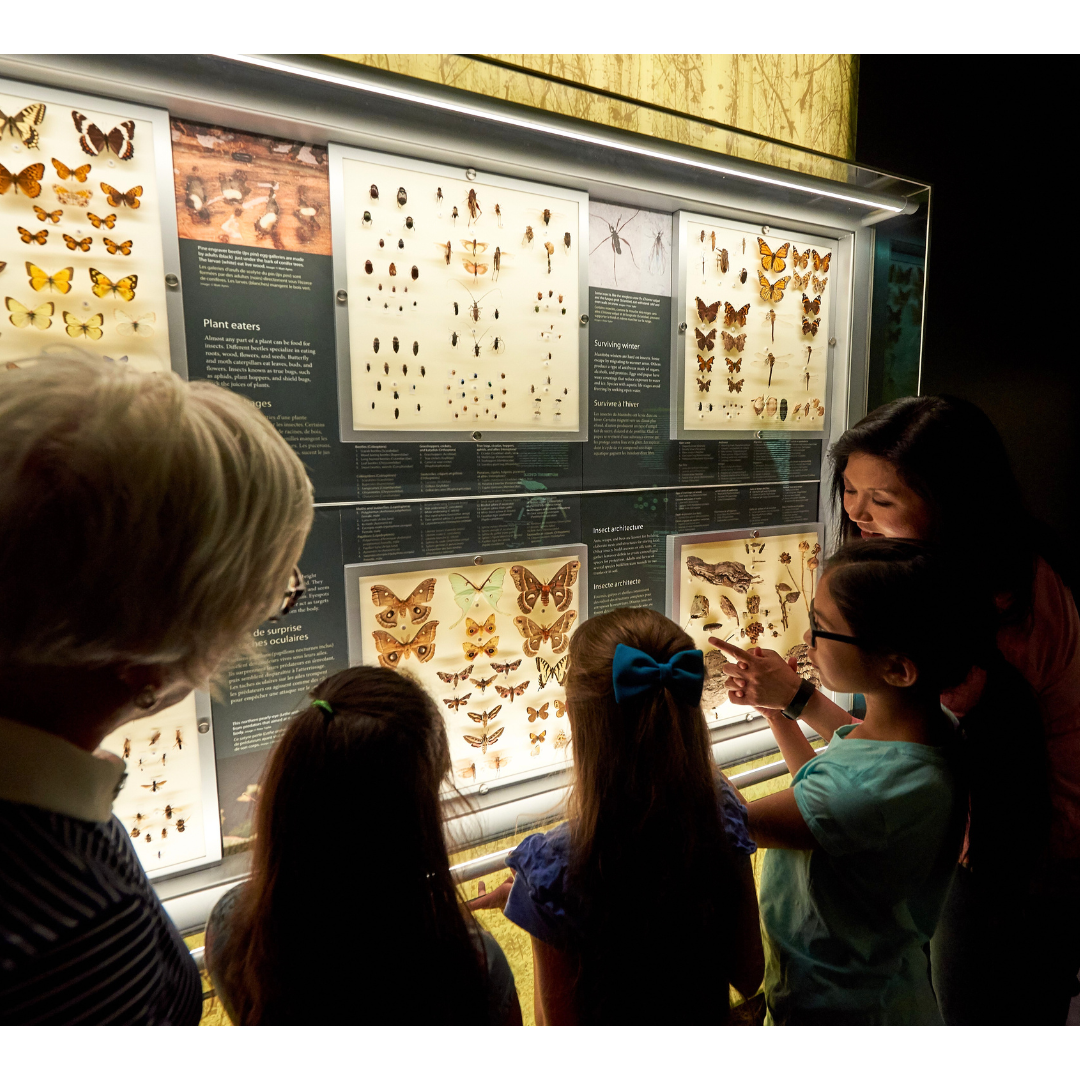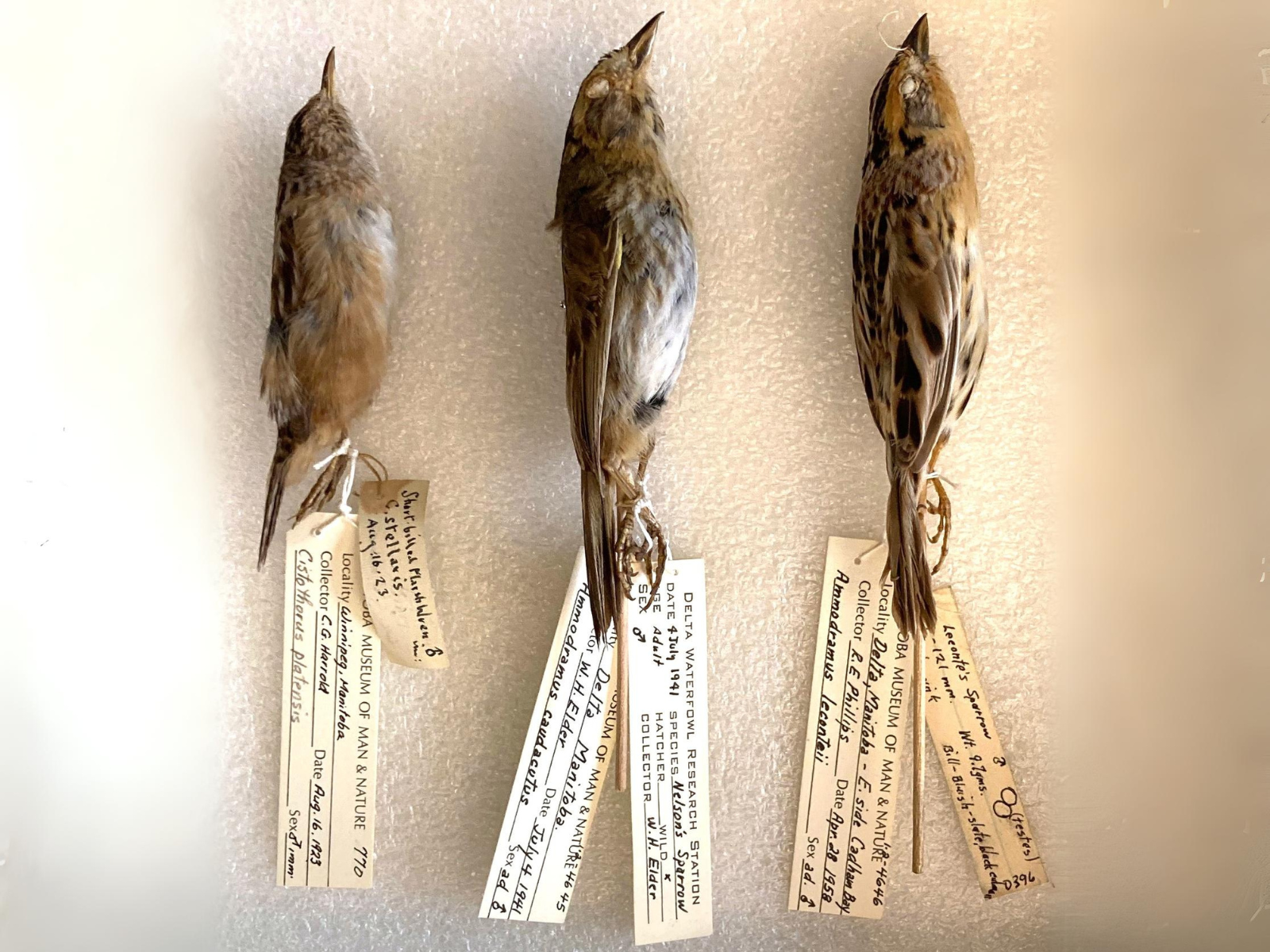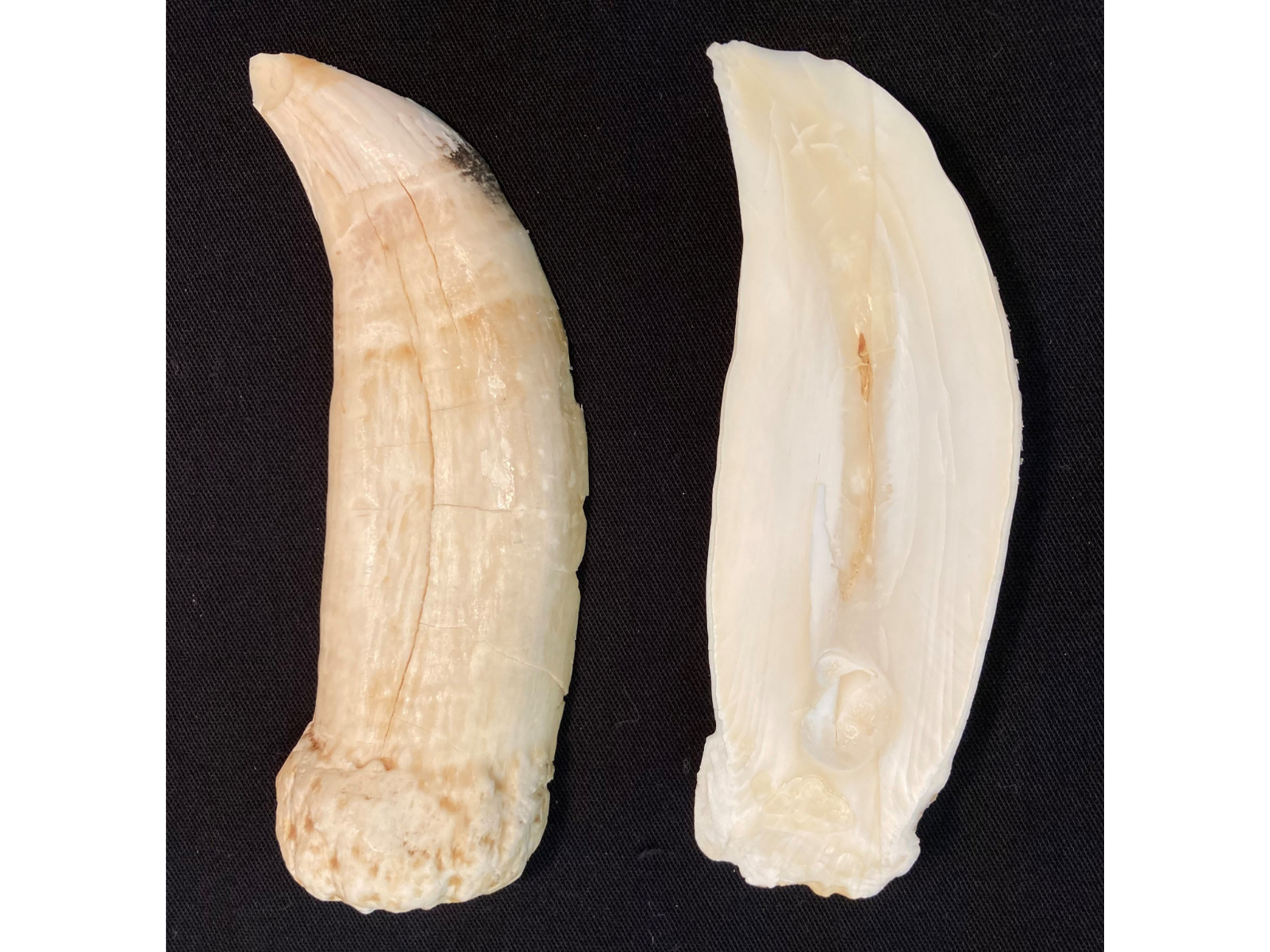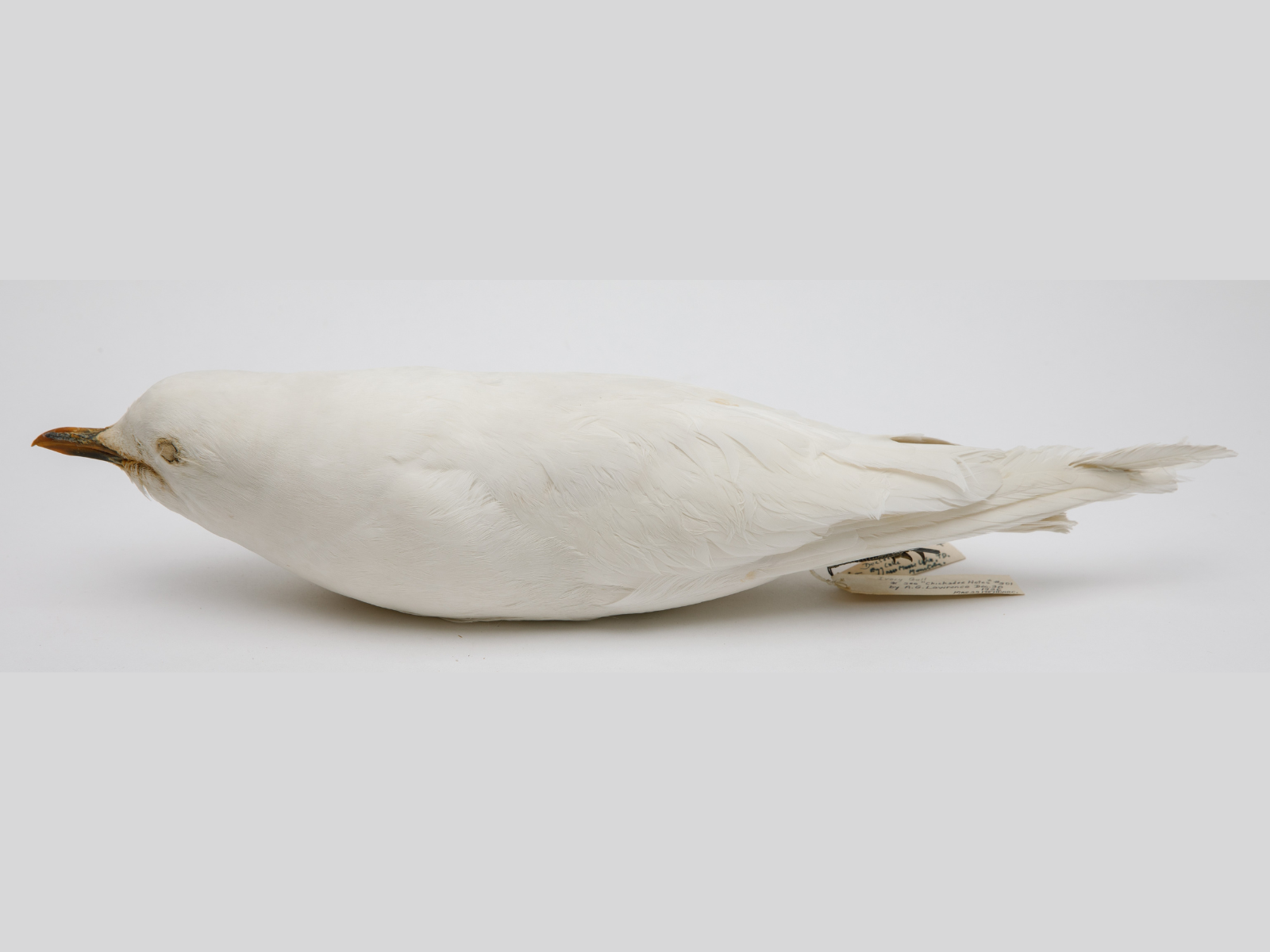Posted on: Friday March 1, 2024
The many natural history specimens in our exhibitions are familiar to Museum-goers. The dioramas and displays introduce Manitoba’s incredible diversity of life, impressing the need for conservation of our wild spaces to maintain a healthy planet. What is less familiar is that, behind-the-scenes, the Museum holds important research collections that scientists use to examine how and where organisms live. These discoveries influence public policy and help preserve our natural heritage.

Museum collections in the Boreal Forest Gallery might offer the first chance to see insects close up and develop a fascination with Manitoba’s incredible biodiversity. © Manitoba Museum/Ian McCausland

The Manitoba Museum bird collection is a resource for exhibits and teaching, and for research by Museum scientists and others around the world. © Manitoba Museum
Collections Create Conservationists
For many visitors, the Museum collections on exhibit provide the first close look at an insect wing or cougar skull, the first chance to explore life underground, or to experience the wonder of just how many animal species live in Manitoba. Becoming fascinated with the natural world is a necessary first step in caring for it. A gallery exhibit influences attitudes towards our environment and can inspire the next generation of conservation advocates.
Collections Shape Conservation Policy
The Museum’s research collections – spanning millennia – are like a time machine that tells us about organisms and their environment in the past compared to today. This can determine if species are affected by climate change, habitat loss, pollution, or other factors. Collections are permanent archives of the distribution of organisms and an essential resource for scientific research at the Museum and for scientists around the world. They help assess a species biology, rarity, and any environmental threats, all critical to devise strategies and policies for responsible ecological stewardship.
Collections and our Future
Museum collections play a significant educational role in exhibits and programs encouraging champions for wildlife. From the scientific evidence they provide, we can better understand changes in our environment and plan conservation action. The Museum research collections of animals, plants, and their representative fossils furnish important data to interpret the past, understand the present, and consider the future of Manitoba’s natural world.

Analysis of feather samples discovered that some prairie songbirds overwinter along the Gulf
of Mexico. Protection of breeding and migration sites can now be planned. © Manitoba Museum

This orca tooth (MM 406) was chemically sampled to study food preferences in Arctic Ocean populations. © Manitoba Museum

Birds of different decades can be used to measure environmental contaminants over time. This ivory gull (MM 1-2-941) from 1926 was analyzed to examine changes in mercury levels to inform management plans. © Manitoba Museum/Ian McCausland
Spring Break is back at the Manitoba Museum! March 23 through March 31, the Manitoba Museum is the place to be, with a week full of family-friendly activities, a brand-new planetarium show, a fun and interactive toddler zone, and more!



